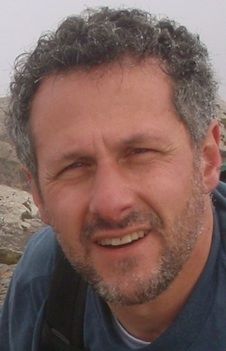Article
The medical confessional: Optimizing patient communication
When we close the exam room door and sit down to speak with a patient, we are entering into a special covenant protected by law and at the backbone of building patient-provider rapport.

When we close the exam room door and sit down to speak with a patient, we are entering into a special covenant protected by law and at the backbone of building patient-provider rapport. We are asked to cast aside prejudice and prejudgment and listen objectively to not only a patient’s presenting complaint and symptom complex, but to a snippet of their life history. We ask questions about their families, their occupational life, and about habits, including those that may be illegal. This rapid-induction intimacy is essential to making an appropriate diagnosis and rendering an effective treatment plan.
During my clinical training as a physician assistant, I can recall learning the proper techniques for performing a physical exam and taking a patient history. What I don’t remember is ever being taught how to really talk with a patient. I don’t recall learning how to facilitate that segue from being a complete stranger when I close the exam room door to a privileged confidant 15 minutes later. In learning how to optimally communicate with my patients, I found that tapping into my own experiences as a patient were key.
I can recall being strongly put off by a general surgeon I was consulting with who kept his back to me the entire time he was taking my history. And there was an internist who simply wouldn’t acknowledge a series of peculiar symptoms I was experiencing, and wrapped up my visit in 3 minutes with a diagnosis of “tension headache.” Well, I like to think that I’m a bit more informed about symptoms than to seek an opinion about a tension headache. Lessons learned: Face your patients, make eye contact, show interest in them, and listen carefully to what they are recounting to you, because they are telling you what’s wrong with them.
Conversely, those providers who made me feel welcome and cared for didn’t seem to be in a rush to get out of the room. They assumed a relaxed posture and looked me in the eye. Perhaps they inquired briefly about some aspect of my life outside of the medical complaint for which we were meeting. At the end of the visit, they asked me if I had any other questions or issues to discuss. And there was more physical warmth, too. A touch on the shoulder along with an introductory handshake, or a hand on my back as I exited the exam room door.
Even though the foundations of medical practice are anchored to increasingly complicated science and unique, awe-inspiring technical skills, we can’t strip the humanity out of what we do. We are, after all, simply humans treating other humans.
Subscribe to Urology Times to get monthly news from the leading news source for urologists.




